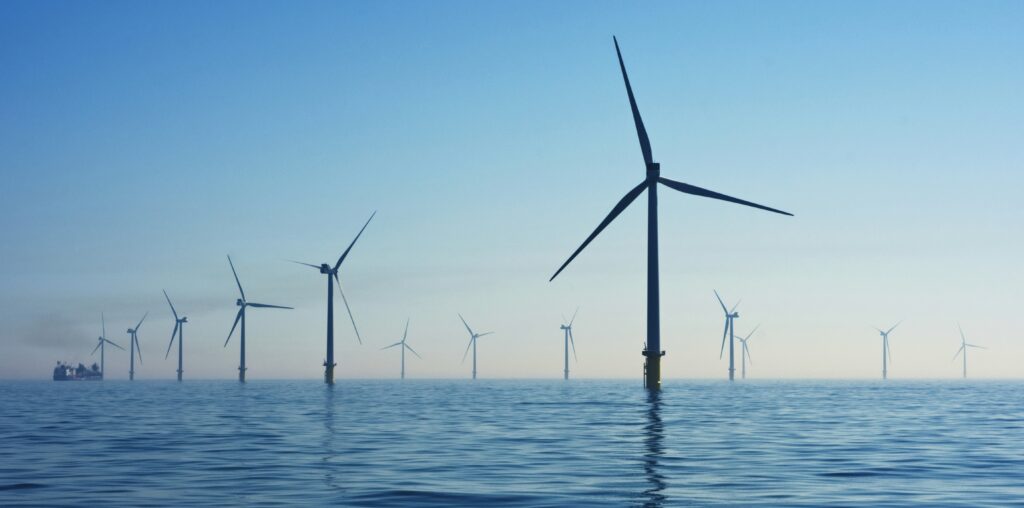
In a ground-breaking move back in 2008, the United Kingdom positioned itself as a trailblazer by implementing legally binding measures aimed at reducing greenhouse gas emissions (GHG) by 80% before the year 2050. Bolstering this commitment, in 2021, the nation further elevated its ambition, targeting net-zero emissions.
This strategy, however, has been weakened over the past few years following various policy changes – such as the delay on the ban on new petrol and diesel cars – that have moved the country further away from achieving its goal.
Researchers from Climate Econometrics and Oxford Smith School, Jennifer Castle and David Hendry, assert that despite facing several challenges, the UK can still realise its emission reduction targets. They highlight five primary domains – electricity, transportation, agriculture, hydrogen and industry – as critical focal points for action.
There are a multitude of ways the UK can decarbonise these sectors, but at the heart of this initiative lies the urgent need to transition toward green electricity. This pivotal transformation is deemed essential for effective decarbonisation. Although currently, natural gas constitutes a significant 40% of the UK’s electricity generation, there’s a feasible pathway to replace this reliance by 2050 through a substantial scaling up of renewable and eco-friendly technologies.
This strategic shift holds a distinct advantage over intensifying oil and gas extraction. Not only does the green transition align with the UK’s environmental aspirations, but it also offers enduring economic benefits by accommodating GDP growth and opening up promising employment prospects within the manufacturing sector.
Moreover, there are additional gains to scaling up renewable electricity generation alongside electrifying transportation. While present storage limitations pose a challenge, innovative solutions involving electric vehicles (EVs) and advanced technologies could surmount this hurdle.
For example, integrating EV’s into the national power grid, known as vehicle-to-grid (V2G), presents the potential for a robust electric backup system. Furthermore, it could offset personal costs through payment structures akin to those seen in the feed-in tariff framework for solar panels. This cutting-edge technology is already underway, with Australia piloting a new charging hub, but the UK’s National Grid is far behind in using any battery backup.
Sustainable electricity and effective storage solutions are equally crucial for decarbonising the housing and industry sectors. By installing solar panels on buildings, the UK can offset the energy consumption of already highly efficient heat pumps. As electricity capacity expands on a grander scale, high-heat energy solutions, like liquid hydrogen via electrolysis, could revolutionise the industrial sector.
Even within agriculture, electricity plays a smaller, yet significant, role. Innovative solutions are imperative to address the challenges posed by climate change on crop production. Vertical and underground farms could offer a pragmatic response by minimising land and water use, while simultaneously showcasing the potential for improved yields.
As the UK grapples with these critical choices, the balance between short-term energy needs and long-term environmental objectives remains a central debate. The world will be closely watching to see how the nation reconciles these competing priorities in its ongoing battle against climate change.

Jennifer Castle, Co-Director, Climate Econometrics

David Hendry, Co-Director, Climate Econometrics

Angela Wenham, Communications and Office Manager
Banner and feature image photo by Nicholas Doherty on Unsplash
